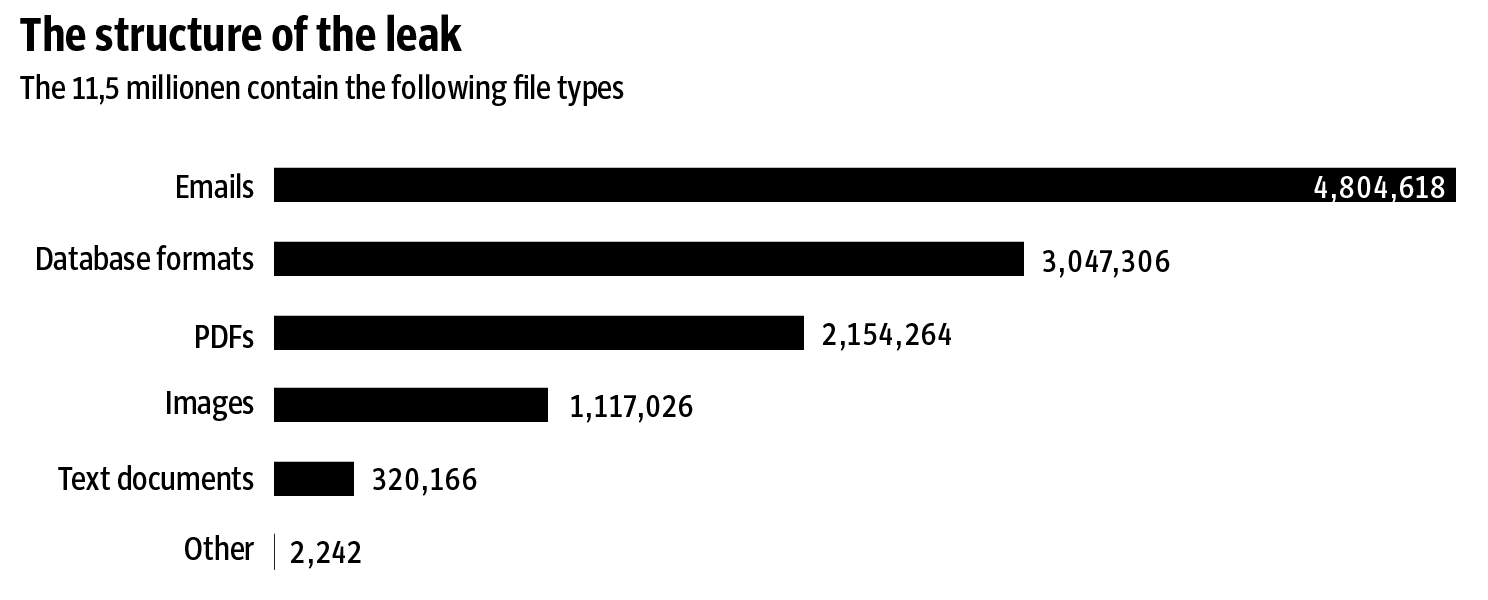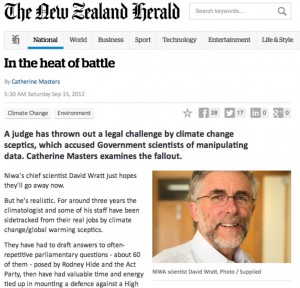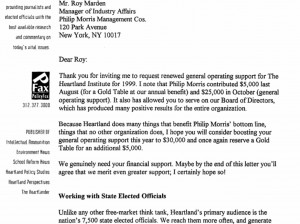Everywhere we’ve gone, I’ve seen people enjoying their rights and their freedoms. In truth, most of us unconsciously assume the presence of our rights and freedoms; much as the birds assume the air and the fish assume the water.
It is so easy for us to forget that it was a long and hard struggle to bring our societies to where they are now. These rights and freedoms have been with us for so long now that it is easy to forget the desperate places from where we began.
In the advanced democracies, that we now live in, we can freely practice our religions. We have certain inalienable human rights. Our women have the same rights as our men. The Rule of Law is firmly established and protects us from the arbitrary taking of our lives, our freedoms, and our goods by those who think they can simply take what they want from us because they have more brains, money, weapons or power than we do. We have democratic elections so we can freely choose who will perform the public service functions of our governments. We can go to a government office and get a license for driving, hunting or fishing without having to pay a bribe. We know that if we’re arrested and accused of committing a crime, that we have a right to a trial before a jury of our peers.
You and I could both go on adding to this list. We have so many fundamental freedoms and rights that we take for granted that it’s hard to even remember what they all are now.
But keen students of history and eclectic readers know that it wasn’t always this way. And intrepid world travelers know from direct experience that it is not this way in much of the world around us.
A Dark Cloud Rising
There is a dark cloud rising in the world. And I find it is hard to say just why it is arising.
Oh, there’s no shortage of theories and ideas around; including my own. But they are all just like leaves whirling in a summer zephyr.
Saddam Hussein invaded Kuwait in 1990. I still remember getting up to find the story on my TV screen one morning. Little did I know all that would follow from that one morning’s news.
But somehow, now, 25 years on, the middle-east has become a maelstrom.
I read the news from Iraq, from Afghanistan and from Yemen and I have no idea anymore who the main players are. Or even if the players I am reading about are good guys or bad guys.
The Shia, the Sunnis, Al Qaeda, Al Shabaab, the Houtis, ISIS, the Syrian Rebels, and on and on. Refugees are everywhere and they are risking their lives by the tens of thousands in leaky boats and desperate treks to get into Europe where they believe stability exists. Or perhaps they are striving just to get away from where ever the terror is reigning the hardest behind them.
I watch BBC America most nights here in Montreal and often they will have important talking-heads who are former ambassadors or generals coming on to discuss the Middle-East. I listen but I don’t hear clarity coming from what they have to say. It all puts me in mind of the three blind men and the elephant parable elevated to the glitter of world news.
But, amid all of this, there is a particularly dark cloud to be seen in the midst of all the chaos and confusion and its name is ISIS.
And ISIS puzzles me deeply. How have they become so powerful so quickly in a world in which the flow of money is so highly regulated and where there are already so many people and weapons staked out on highly contested ground?
Where does ISIS get its money, who is selling them their arms and who is secretly supporting them with both?
Everyone publicly disavows them, including the vast majority of moderate Muslims across the world. And yet their political power, their wealth, their Internet presence, their numbers and their military power continue to grow. How can this be so?
As I said, there are a lot of theories.
One thing I’ve noticed is that in this latest upsurge in Middle-Eastern violence, the U.S. has remaining largely absent. The U.S. went in after Saddam invaded Kuwait, and then it went in later to oust him, and then it went in after 9/11 to sort out Afghanistan.
And each ‘going in’ was accompanied by great publicly expressed hopes that we’d ‘sort the mess out’ and spread American ideals like democracy, freedom and education far and wide. And each time that was not the result obtained.
Many American lives were lost, many more of our young lives were blighted by wounding, permanent crippling, and by mental damage from what they’d seen, done and experienced. Billions of dollars of U.S. tax payer money was blown and the only obvious beneficiaries from these interventions were those U.S. industries that benefit from war.
In each case, what the U.S. left behind from their interventions was a bigger mess than when they arrived.
In my mind, the only possible exception to this was when the U.S. ejected Saddam from Kuwait in 1991 and drove him back home with his tail behind his legs and left him there to lick his wounds.
So, maybe why we don’t see much U.S. presence in the current middle-eastern mess is because America’s lost heart with the idea that America can ‘sort things out’ with American boots-on-the-ground and American money because most times, it just hasn’t turned out well.
Or, more cynically, maybe the American war industries just don’t see the opportunities for vast profits that they saw before.
Regardless of all that blather and the current confusion about what all is going on in the Middle-East, the simple and stark fact is that ISIS is there and they are rising and they are a dark cloud indeed.
Sunlight and shadows
I began this with a description of an idyllic afternoon in a square in Montreal and I was reflecting on all the hard-won freedoms and rights we enjoy in the advanced democracies. And, so musing, I commented that after folks have had those rights and freedoms for a long time, it is easy to forget how precious they are and how hard the struggle was to secure them.
ISIS is forcing people to convert to their brand of fundamentalist Islam or to face death or slavery.
ISIS executes the opposition soldiers they capture in public and horrific manners to instill fear and submission into all that have not yet encountered them.
ISIS forces the women they capture to ‘marry’ their soldiers as sexual slaves.
ISIS has no tolerance for those who believe differently than they believe.
ISIS takes over areas and imposes a new strict Muslim fundamentalist lifestyle on all whom they conquer. Even when those whom they conquer are Muslims like themselves, they impose their will without exception. They rule on how things should be done under penalty of death. Girls shall not go to school and men shall not shave their beards and so on and so on.
I’ve read two chilling accounts of ISIS recently and I’d like to give you the links to these stories here. I suggest that if you find what I am writing here of interest, that you go sideways for a few minutes and read these two articles. They are chilling.
Some tough questions you won’t find asked in the press
How, in an age wherein virtually everything we do on-line is analyzed under a microscope by governments, internet companies and those who want to sell us things … how can ISIS have such a huge presence on the Internet spewing hate and enticing new recruits and no one seems to be able to do anything about it? If all these wanna-be jehadi kids are capable of find ISIS’s on-line propaganda, how can the western security services not find it? And which Internet Service providers in which countries are putting up the web pages?
How, in an age when countries are swapping vast amounts of banking and tax information in an effort to clamp down on tax evasion, an age when every bank is mandated to “Know your customer”, how can ISIS own, move and spend millions of dollars on weapons and Internet propaganda? These folks don’t even have a country!
How, in an age when oil supplies and prices are tracked with global precision, can ISIS profitably sell huge amounts of oil from the territories they take over? Who is buying millions and millions of dollars of this oil and how can the international community not know that it is going on?
They have money, they have Internet presence and they are selling oil hand over fist … and it all seems to be a mystery to our governments how they can do such things?
And all this in a time when France has just passed new draconian security laws (http://tinyurl.com/mjatkbv) and Canada is about to vote on its new security law, C-51 (http://tinyurl.com/obf9svo). And when the U.S.’s NSA has got their nose so deep in my underwear drawer that I’m sure they know all the brand names in there.
How is ISIS even able to walk down the global street without getting mugged from six directions by our security services?
Where to from here, Dorothy?
Generally, I’m considered to be a liberal. Cut me and you’ll find a tree hugger inside. But I’m not cut from only one cloth.
For instance, I believe in Capital Punishment. Show me an incorrigible criminal who shows no signs of ever changing and who has blown several chances already and I’m quite willing to ‘off’ that person so the rest of us can get on with the business of making this a better world.
Perhaps, when you reflect on the hard-won freedoms we all enjoy, you may see why I am so deeply opposed to, and intolerant of, ISIS and Muslim Fundamentalism – or any fundamentalism, for that matter, that would impose its view of the world on me by force or stealth.
These people want to throw away the hard-won advances it has taken us literally centuries to put into place like women’s rights, the rule of law and freedom from religious oppression.
They want to take us back to Mohammed’s day in the 6th century.
And I am bitterly opposed to this. No one who has understood how long a road it has been to move from warlords to democracies, from woman as chattels to women as equals, and from power and corruption to the Rule of Law would ever want to go back.
I am not afraid to tell you, my friends, that I would see the earth under their feet melted into nuclear glass before I would personally let them have a ghost of a chance at succeeding.
This world of our is, in fact, a damn mess; regardless of how nice it might be out in the sunlight in a square in Montreal on any given day. We have got a ton of problems and a huge need to get them sorted out.
But what we don’t need is a bunch of fanatics full of fundamentalist religious fervor who want to take us to the 6th century as a way to solve the world’s problems.
But back to the tough questions
I asked some questions earlier that I’ve wondered about a lot. Questions that I have not seen in the press – and yet they are questions that demand answers.
Here are some more.
Remember when U.S. forces simply blasted most of Saddam’s army to rubble in a matter of days once the U.S. decided to eject him and his Republican Guard from Kuwait in 1991? I remember seeing videos of literally miles and miles of burned and destroyed military assets along the roads leading from Kuwait to Iraq. He was barely left with two sticks to rub together.
Contrast this with the fact that more recently we hear that in Iraq ISIS’s forces are ‘threatening’ some town or other in Iraq. They are coming towards the town and they are gathering outside the town and it is going to be a desperate battle; in spite of U.S. air strikes, we’re told. What’s wrong with this picture? ISIS must look like fleas on a linen napkin sitting out there in the desert ‘gathering’.
But no, no one can do anything and after a short while, they take the town. The U.S. made good efforts with its airstrikes – but what could be done?
Even more recently, we hear that the Iraqi’s have finally gotten their sh*t together and were going to eject ISIS from the Iraqi town of Tikrit. There’s massive buildup of Iraqi forces on one side of Tikrit and then the Iraqi’s attack.
What does ISIS do? They fight a bit and then pull out of town on the other side and vanish to fight another day.
Oh, nascent military strategists, what’s wrong with this picture? Could someone not have been bright enough to have thought to have bottled them up from all sides – and ended their fighting days altogether?
A lot of this type of lame ‘news’ makes me really suspicious.
Here’s one that goes way back: Remember a long time ago, in 2001, when U.S. forces had gone into Afghanistan and were closing in on Osama bin Laden in the Tora Bora Caves of the White Mountains of Eastern Afghanistan? Reports at the time said they had him ‘Bottled up’ with no escape. Later, it was revealed that he had escaped into the tribal zones of western Pakistan.
How had this happened to the best and brightest of our military?
Well, it came out later that the U.S. forces had let some of the local Afgani forces, who were fighting as allies of the U.S. military, into the plan.
Amazing! Just damned amazing! Think of all the fighting and dying that followed his escape – and we’d actually had him.
If the U.S. military had anyone on staff who understood Afghani culture, they would have known that tribal loyalties in Afghanistan cut far, far deeper than any loyalty that might be engendered by giving someone a rifle, a uniform and some pay for a few days.
So, the locals who learned of the plan, communicated it to bin Laden’s folks and there you go … he was gone after all that cost, blood and effort to capture him. And a lot of bad stuff followed on from that oversight.
So, where am I leading with all this cynicism?
Well, this is my suspicion, nasty as it may sound:
I think the folks in the U.S. who make such massive profits from war don’t mind if things run on for a bit. After all, the money is made from conducting a war, not from ending it.
I think the folks in the U.S. who make such massive profits from war have been stung though in recent years by criticisms over how much they’ve spent and how little it has accomplished in the Middle-East.
Every adventure they’ve lead into the Middle-East has left the area in even more turmoil. And people are getting tired of it.
The world is in worse and worse shape, the U.S. debt is climbing like crazy, the U.S. economy is struggling and we’ve poured billions of dollars into all of this – with very little to show for it.
I think the war industry folks have decided to hang back for awhile. They have no doubt that they can crush ISIS when they need to – but they are in no hurry to proceed.
Let the killing and the atrocities continue. Let the American people get really clear on just how bad ISIS really is.
Let the perception grow that ISIS might get loose and begin attacking people anywhere out in the world. Wait for the public to rethink its reservations about interventions in the Middle-East and then, when they are squeaking and scared, roll out the forces of truth, goodness and light and obliterate the bad guys.
And, with such a build up and delay, the profits will be even better.



